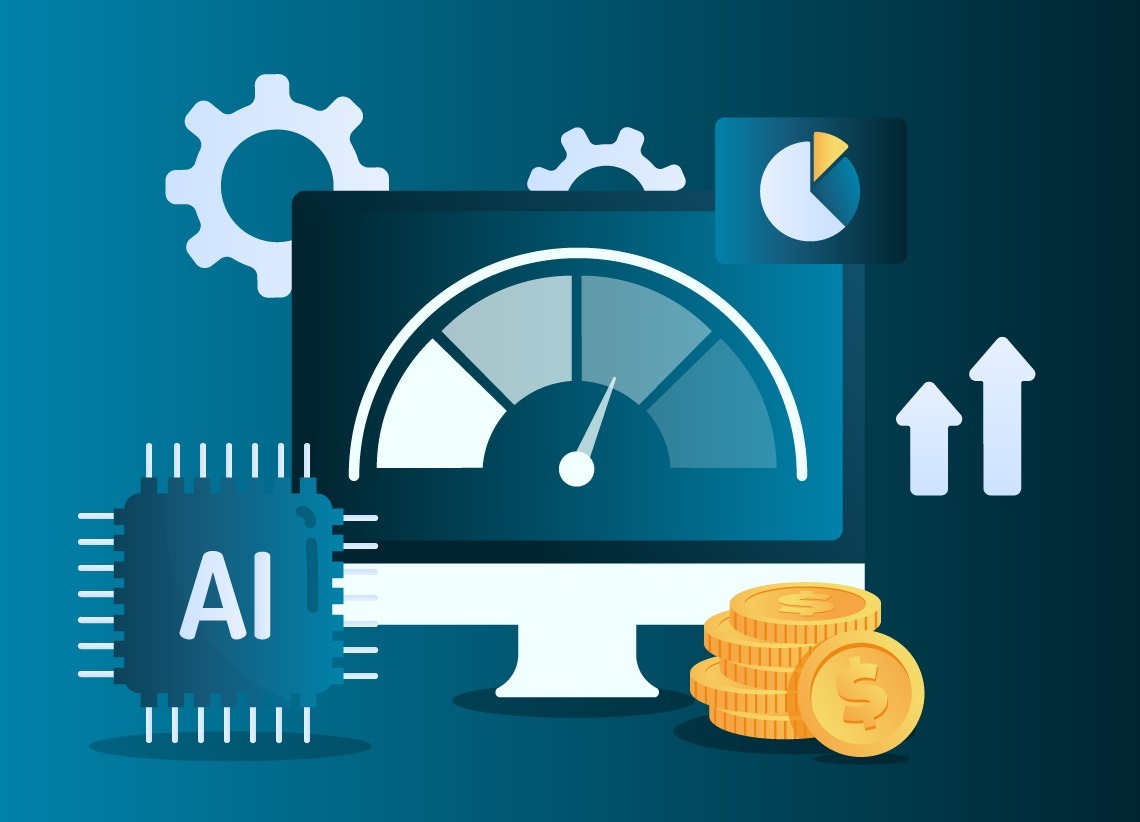Introduction to Chatbots for Websites
In today’s digital-first environment, customer expectations have evolved dramatically. Immediate responses, 24/7 availability, and personalized service are no longer luxuries—they’re requirements. This is where a chatgpt bot for website becomes a game-changer. With the ability to automate customer support, handle inquiries, and guide users through the buying process, chatbots are redefining how businesses communicate online.
A chatbot for website offers a scalable and affordable solution for improving user experience and reducing operational costs. Whether you’re a startup or an established enterprise, integrating a chatbot can transform the way you engage with your audience.
What is a Chatbot for Website?
A chatbot for website is an AI-powered tool embedded on your site to interact with visitors through text or voice-based communication. It can simulate human conversations, provide instant replies, and direct users to relevant resources.
Types of Website Chatbots
- Rule-Based Chatbots: These respond to specific commands and follow pre-set flows.
- AI-Powered Chatbots: These use natural language processing (NLP) to understand intent and learn from user interactions.
- Hybrid Chatbots: Combine rule-based structure with AI capabilities for more dynamic responses.
Regardless of the type, a chatbot for website helps eliminate friction in customer journeys.
Benefits of Using a Chatbot for Website
The advantages of installing a chatbot for website extend beyond just cost-saving. Here’s how it adds value:
1. 24/7 Customer Support
Unlike human agents, a chatbot doesn’t sleep. With a chatbot for website, your business stays accessible to customers around the clock. This non-stop availability boosts customer satisfaction and retention.
2. Reduced Operational Costs
Hiring and training customer support staff is expensive. A chatbot for website can handle thousands of queries simultaneously, cutting down the need for a large support team and reducing payroll expenses.
3. Improved Response Time
Speed is critical in online service. A chatbot for website responds instantly, eliminating wait times and improving the overall user experience.
4. Scalability
Whether you’re getting 10 or 10,000 visits a day, a chatbot for website can manage conversations at scale without compromising quality or efficiency.
5. Personalized Interactions
AI-driven chatbots analyze user behavior and previous interactions to offer personalized support. A chatbot for website can greet returning users by name, suggest relevant products, or recall past issues.
Key Features to Look for in a Chatbot for Website
Choosing the right chatbot for website involves evaluating features that align with your business goals.
Live Chat Integration
A seamless transition from bot to human is essential. Look for a chatbot for website that allows escalation to live agents when needed.
Multilingual Support
For businesses operating globally, a chatbot for website that can communicate in multiple languages ensures inclusivity and wider reach.
Analytics and Reporting
A smart chatbot for website should provide insights into user interactions, common issues, and conversion rates, helping you refine your service strategy.
E-commerce Integration
If you’re running an online store, choose a chatbot for website that supports product recommendations, cart management, and checkout assistance.
How to Implement a Chatbot for Website
Implementing a chatbot for website can be done in a few straightforward steps:
Step 1: Define Your Goals
Clarify what you want the chatbot for website to achieve. Is it lead generation, customer service, appointment booking, or sales support?
Step 2: Choose a Platform
Platforms like Workergen, Drift, Intercom, and Tidio offer tools to build and deploy chatbots. Workergen in particular provides a cost-effective, no-code solution tailored for business needs.
Step 3: Design the Conversation Flow
Map out interactions based on common queries, using conditional logic to guide users efficiently. Your chatbot for website should mimic human-like dialogue while staying on task.
Step 4: Test and Optimize
Before going live, test your chatbot for website thoroughly. Monitor performance metrics and continuously refine its flow based on user behavior and feedback.
Use Cases of Chatbot for Website Across Industries
A chatbot for website isn’t limited to customer support—it can play several roles across different industries.
E-commerce
- Assist with product search
- Handle order status inquiries
- Upsell complementary items
Healthcare
- Schedule appointments
- Provide symptom checkers
- Answer FAQs about services
Real Estate
- Offer virtual tours
- Pre-qualify leads
- Schedule property viewings
Education
- Enroll students
- Answer program-related queries
- Share course materials
Chatbot for Website vs. Traditional Customer Service
Let’s compare a chatbot for website with traditional human-based support:
| Feature | Chatbot for Website | Traditional Support |
|---|---|---|
| Availability | 24/7 | Limited to work hours |
| Response Time | Instant | Varies |
| Cost | Low after setup | High ongoing expenses |
| Scalability | Unlimited | Limited by team size |
| Consistency | High | May vary by agent |
Clearly, the chatbot for website model provides a more efficient and cost-effective alternative.
Future of Chatbot for Website Technology
The future is AI-driven. With advancements in machine learning and natural language understanding, the chatbot for website is evolving into a more intelligent, human-like assistant.
Expect to see:
- Voice-enabled bots
- Deeper CRM integrations
- Emotion detection
- Visual search and responses
These innovations will further increase the relevance and power of using a chatbot for website in any customer engagement strategy.
Common Misconceptions About Chatbot for Website
“Chatbots are only for large companies.”
False. Platforms like Workergen make it easy and affordable for small businesses to use a chatbot for website.
“Chatbots replace human jobs.”
Not entirely. A chatbot for website enhances human teams by taking over repetitive tasks, allowing human agents to focus on complex issues.
“Chatbots can’t understand users.”
Thanks to NLP and machine learning, a modern chatbot for website is highly capable of understanding context and user intent.
Conclusion
In the fast-paced digital marketplace, a chatbot for website is no longer optional—it’s a strategic asset. It empowers businesses to offer real-time, personalized, and round-the-clock customer service without incurring high costs. Whether you’re looking to streamline support, boost sales, or engage users more effectively, a chatbot for website can deliver measurable results.



